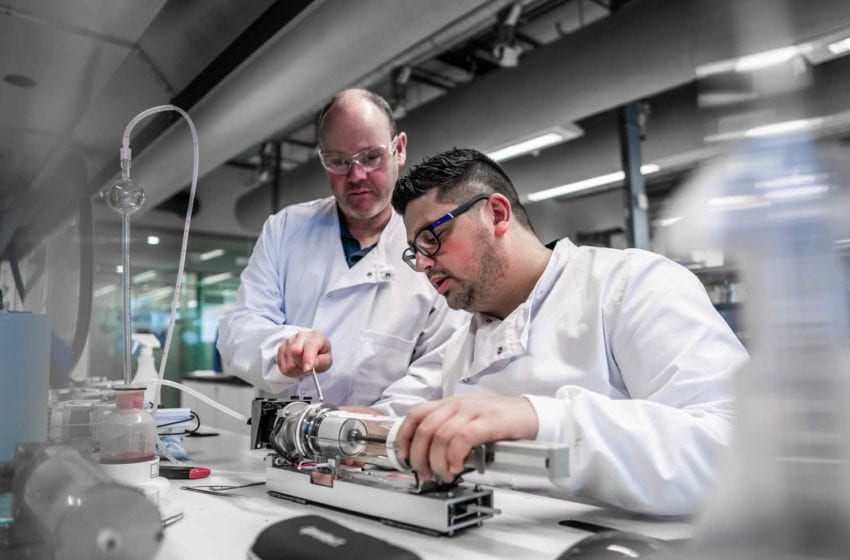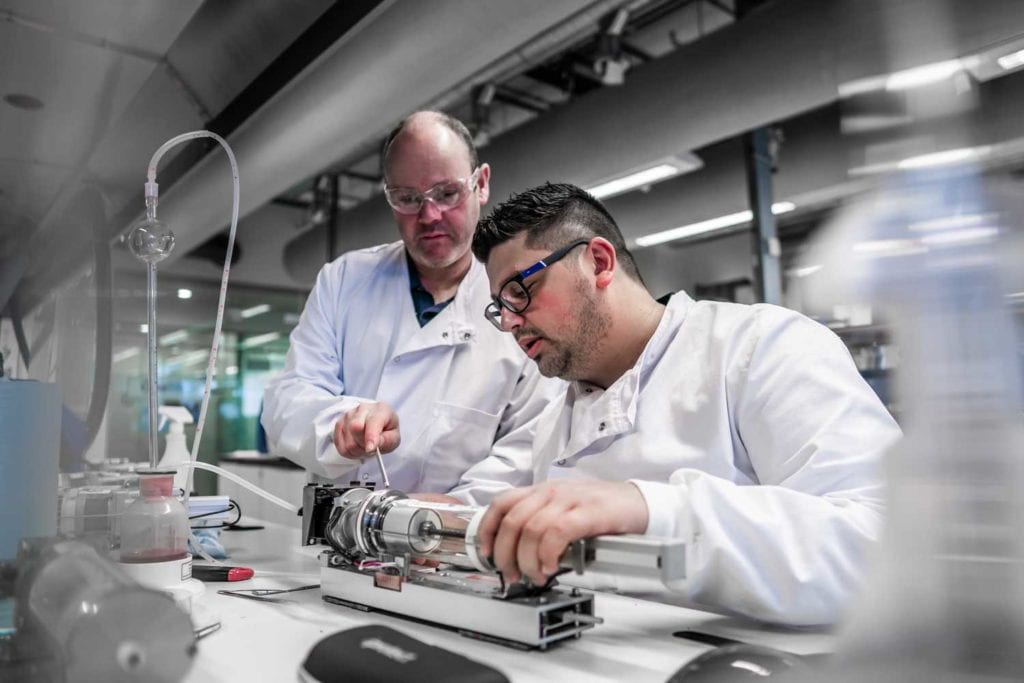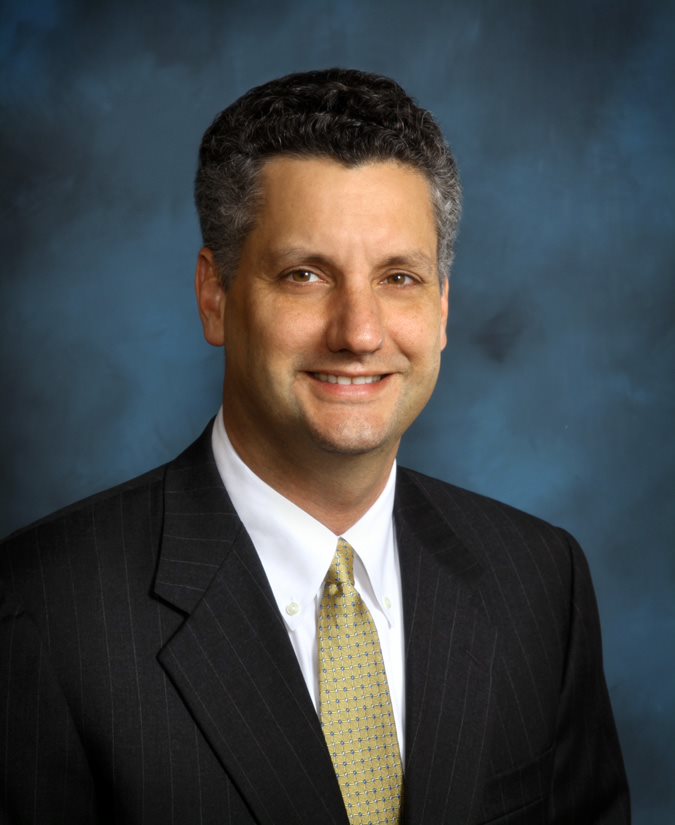Rooting for Science
- Also in TR Events Print Edition
- June 1, 2021
- 0
- 1
- 13 minutes read


Participants in the In Focus: THR conference examined the state of tobacco harm reduction in a critical year for the subject.
By Stefanie Rossel
The year 2021 will be critical for tobacco harm reduction (THR). In November, the ninth session of the Conference of the Parties (COP9) to the World Health Organization’s Framework Convention on Tobacco Control will take place. The European Union recently introduced its Beating Cancer Plan, which aims to reduce tobacco use in the EU to less than 5 percent by 2040 and commits to significantly strengthen tobacco-control measures in the union. It coincides with a review of the EU Tobacco Products Directive, scheduled to begin this month, that will consider amendments to take account of next-generation products (NGPs), many of which did not exist or were in their infancy when the original directive took effect years ago.
The first “In Focus” virtual conference, organized by the GTNF Trust and held on April 27, shed some light on the challenges and opportunities for THR. The open mic session, moderated by Counterfactual Director Clive Bates, probably summed up best what is going well and what is going badly in THR. On the positive side, panelists noted that, thanks to continuous innovation in the corporate sector, consumers now have a vast choice of alternative products that are fundamentally better than combustible cigarettes. In the United States, the leading market for vape products, the Food and Drug Administration has started to process premarket tobacco product application (PMTA) submissions. Significantly, it approved Philip Morris International’s IQOS tobacco-heating product as a modified-risk product in 2020.
The negative list, however, is much longer: Several countries tax e-cigarettes like combustible cigarettes. The tobacco industry appears to have no chance to restore its bad reputation—whatever it is doing, it must be counteracted, in the view of its detractors. The points most frequently mentioned by panelists were misperception of the risk of nicotine and the misperception that reduced-risk products (RRPs) are in fact more harmful than combustible cigarettes. Both have led to bad public health policies, such as flavor bans, rules that make distribution of NGPs more difficult or outright prohibition of vapor products. “Correcting misperception of nicotine and RRPs is essential to spreading the concept of THR,” said Maria Gogova, vice president and chief scientific officer, Altria Client Services. “Data show that consumers who are informed about relative risks are more likely to switch to RRPs.”



No magic bullets
Almost two decades after Hon Lik invented the modern e-cigarette, there is a plethora of THR studies, according to Professor Riccardo Pelosa, professor of internal medicine at the University of Catania, Italy, and founder of the Center of Excellence for the Acceleration of Harm Reduction. “However, THR research is in need of critical reform,” he argued. “Many THR studies have common methodological problems or a flawed study design. Rigorous THR research is not an obstacle but an asset to reduce divisions among tobacco control researchers. We need extensive research that shows the effect of switching in fewer illnesses and deaths.”
Making science prevail over ideology remains a daunting task, said Professor David Abrams from the Department of Social and Behavioral Sciences at New York University. He lamented the proliferation of “zombie ideas,” such as the claim that e-cigarettes don’t help quitting, that keep resurfacing without supporting evidence. “There is no magic bullet against them,” he said. “We can’t expect those with the strongest convictions to change their minds quickly or easily—or ever. But those without such intense effects will come to recognize that harm reduction opponents lack an evidence base compared to those supporting the risk continuum.” Abrams recommended a focus on acts of scientific virtue, such as openness and humility, and said there was a need to engage in good faith with those who disagree.
Despite the abundance of THR research, scientists are still seeking to fill gaps. Many of those gaps relate to real-world use of electronic nicotine-delivery systems (ENDS). It remains unclear, for example, to what extent vape products differ in effectiveness in assisting smoking cessation. To help answer that question, Neil McKeganey, director of the Center for Substance Use Research at the University of Glasgow, is carrying out The Big Vape Survey.



Over a period of 12 months, his team will collect data on 30,000 current adult smokers, looking at aspects such as ENDS purchase at the baseline and at follow-up, combustible cigarette use, patterns of e-cigarette use, intentions to quit smoking and nicotine strength and flavor choices. The output, McKeganey related, will provide a deeper understanding of the interaction between individual customers and individual devices. A similar survey in the U.S. will investigate the impact of reduced product variety. Since September 2020, ENDS manufacturers may sell their products only if they have submitted a PMTA.
AMV Holdings, one of the largest independent specialty vape retailers in the U.S., has conducted several consumer surveys since 2015. Chairman Mark Kehaya shared the results of the most recent one from 2019. Seeking to measure how effective AMV is in weaning smokers off cigarettes, the poll looked at the behavior of almost 10,000 present and former customers for more than 12 months. Ninety percent of respondents used traditional tobacco products before they started using ENDS. Thirty percent of them had been smoking more than a pack of cigarettes per day; 50 percent had been smoking for more than 10 years. Ninety percent of respondents chose e-liquids with nontobacco flavors—for AMV, Kehaya pointed out, fruit is the single biggest category. After 12 months, the repeat range was between 72 percent and 73 percent. Sixty percent reported success in using ENDS to quit cigarettes, whereas 42 percent said they would eventually quit using ENDS as well. A reduction of nicotine strength in e-liquids was also observed. “ENDS are a significant means of getting people out of combustible cigarettes in an effective way, and flavors play an important role,” Kehaya concluded.
A poll of 2,000 U.S. consumers conducted by Reynolds American (RAI) earlier this year demonstrated how widespread misperceptions of RRPs and nicotine are. While 70 percent of respondents believed that THR was a positive thing for public health in the U.S., only 16 percent thought that vaping was better for health than smoking combustible cigarettes, according to James Murphy, executive vice president of R&D and scientific and regulatory affairs at RAI. Eighty-two percent believed that nicotine was linked to cigarette-related mortality. “This misperception restricts the movement of smokers to less hazardous products,” said Murphy, who also hinted at the challenge of assessing the risk profiles of NGPs for which no epidemiological data are available yet. Modern oral products, such as nicotine pouches, have shown even lower toxicity and chemistry levels than the well-researched traditional oral products, such as moist snuff and Swedish-style snus.



Wanted: A new approach
To make the WHO’s fight against global tobacco consumption more efficient, the COP9 would be well advised to change its stance toward THR, according to the participants in the In Focus forum.
Clive Bates invited his panelists to a mind game, asking them about the elements their policy would include if they were the WHO. Karl Fagerstrom, president of Fagerstrom Consulting, suggested that the system of alcohol regulation in which the alcohol concentration is decisive for the risk attributed to it could also be applied to tobacco. “In the case of tobacco, it would not be the nicotine concentration, but the hazard of the individual product,” he said. “This, however, requires that people are informed about the nature of nicotine and the continuum of risk.”
Regarding knowledge gaps, Kgosi Letlape, former president of the Health Professions Council of South Africa, noted that the way in which people have been socialized in countries such as his presents a formidable challenge. “After 400 years of colonization, there is no cultivation of independent thought,” he said. “We have become a zombie nation, relying on the WHO to tell us what to think. People need to be given reliable information to make differentiated choices.”
By 2030, more than 80 percent of tobacco-related deaths will occur in low-income and middle-income countries (LMICs), according to Ambassador James K. Glassman, former U.S. undersecretary of state for public diplomacy and public affairs and chairman of Glassman Advisory.
Since September, Glassman has been chairman of the Commission to Reignite the Fight against Smoking, which is being sponsored by the Foundation for a Smoke-Free World. The committee is currently working on a report that focuses on how tobacco harm reduction can be leveraged to LMICs.
It is scheduled to be finished by September—well in time for the COP9.

